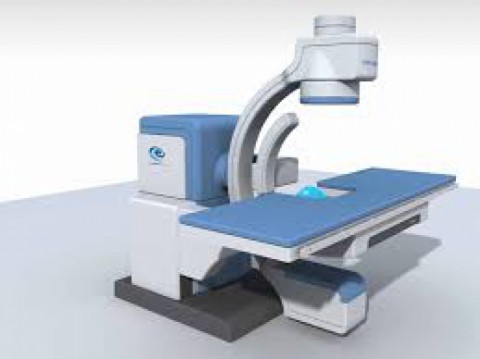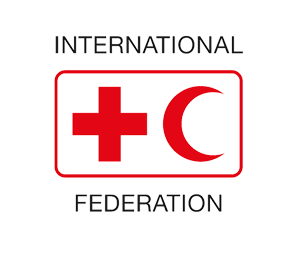Overview of ESWL

Extracorporeal shock wave lithotripsy (ESWL) uses sound waves or shock waves to break stones into small fragments that can pass spontaneously. It is performed usually as an outpatient procedure whilst awake or sometimes with sedation. Usually, you can go home immediately after, although it may need to be repeated.
What are the reasons for having ESWL?
Usually, there is a stone present within the kidney or upper part of the ureter that will not pass by itself. The stone may sometimes cause pain or sometimes no pain at all, although it may impede the passage of urine from the kidney down to the bladder. Usually, the stone will be less than 2 cm in size, although sometimes larger. Stones present in the ureter may be treated where they are or sometimes pushed up into the kidney before treatment. To do this, a procedure under general anaesthetic would normally be required before the ESWL itself.
What are the advantages of ESWL?
There are several advantages of ESWL over other treatments for stones. These include:
- outpatient procedure that takes 1 hour
- reasonably successful
- no cutting or invasion of the body at all
- low risk of infection from hospital bacteria
What are the alternatives to ESWL?
Depending on the qualities of the stone and the individual with the stone, it may be possible to consider:
- watchful waiting (i.e. waiting for the stone to pass by itself)
- ureteroscopy or uretero-renoscopy: a procedure under general anaesthetic to find and break the stone by passing a telescope through the water pipe ('urethra'), bladder and up the ureter to the kidney. Usually, a day in hospital is required.
- PCNL: a procedure under general anaesthetic to remove the stone by placing a tube directly through to the kidney. Usually, several days in hospital are required.
- Surgical removal: under general anaesthetic, an incision to remove the stone either directly or through telescopes (laparoscopes). Usually, a few days in hospital are required.
Can everyone with a stone have ESWL?
ESWL may not be possible for patients with the following characteristics:
- severe skeletal deformities
- weight over 300 lbs (136 kg),
- abdominal aortic aneurysms,
- uncontrollable bleeding disorders
- pregnancy
- cardiac pacemakers should be evaluated by a cardiologist familiar with ESWL. A cardiologist may need to be present during the ESWL procedure in the event the pacemaker needs to be overridden.
What do you have to do before ESWL treatment?
You will usually be asked eat a light breakfast or lunch before the procedure.
If you take regular medicines, you should ask your doctor if they are safe to take before the procedure. For instance, you may be asked to stop taking aspirin or clopidogrel, and other drugs (e.g. warfarin) that interfere with blood clotting several days before.
On the day of the procedure, you should wear comfortable clothes that are easy to remove, as you will have to change into a surgical gown.
Someone should be available to drive you home in case you have received medication that has made you feel drowsy or if you have pain afterwards.
How is ESWL performed?
When you arrive, you may need to change into different clothes. Sometimes, it is necessary to have another x-ray before treatment. After you enter the room with the ESWL machine, you will be asked to lie down on the treatment table. If the stone is in the kidney, you are usually asked to lie face down, but if the stone is in the ureters, you will probably be asked to lie on your back. Once you are comfortable on the treatment table, the stone will be located either by X-ray or ultrasound. During this time, it is important to stay as possible during this time. This is important so that the shock waves can be accurately focused on the stone. Movement and deep breathing will make it difficult for the shock waves to hit the stone. Before we put the Lithotripter treatment head (a cushion with water inside) to your back/front we will put. Some ultrasound jelly is applied to the skin and then a cushion containing water is positioned to allow the shock waves to be delivered to the stone. The jelly is water-based and will wash off.
The treatment usually lasts between 20 and 40 minutes; you will hear a “clicking” noise and feel something like a “flicking” on your back/front. Some people have said that it feels a bit like a small electric shock. The power or intensity may increase during the procedure so that the stone can be completely broken. It may feel uncomfortable but should be bearable and additional pain killers can be given.
What to expect after ESWL?
After passing urine, it should be possible to go home. Someone may need to drive you home. In some cases, it may be necessary to take antibiotics for a few days. You should large volumes of water to increase urine flow and help flush stone fragments through.
You should be able to resume normal activities the day after treatment.
You may see blood in your urine after the treatment. This is not important, unless the urine is completely opaque because of blood.
When should I contact a doctor?
If you have the following, you should contact a doctor:
- a fever
- if you cannot pass urine or if you find it difficult to pass urine
- severe pain in the back or surrounding area
How often does ESWL need to be repeated?
Often only 1 treatment is required, but large stones in difficult locations may require multiple treatments over weekly or more intervals.

